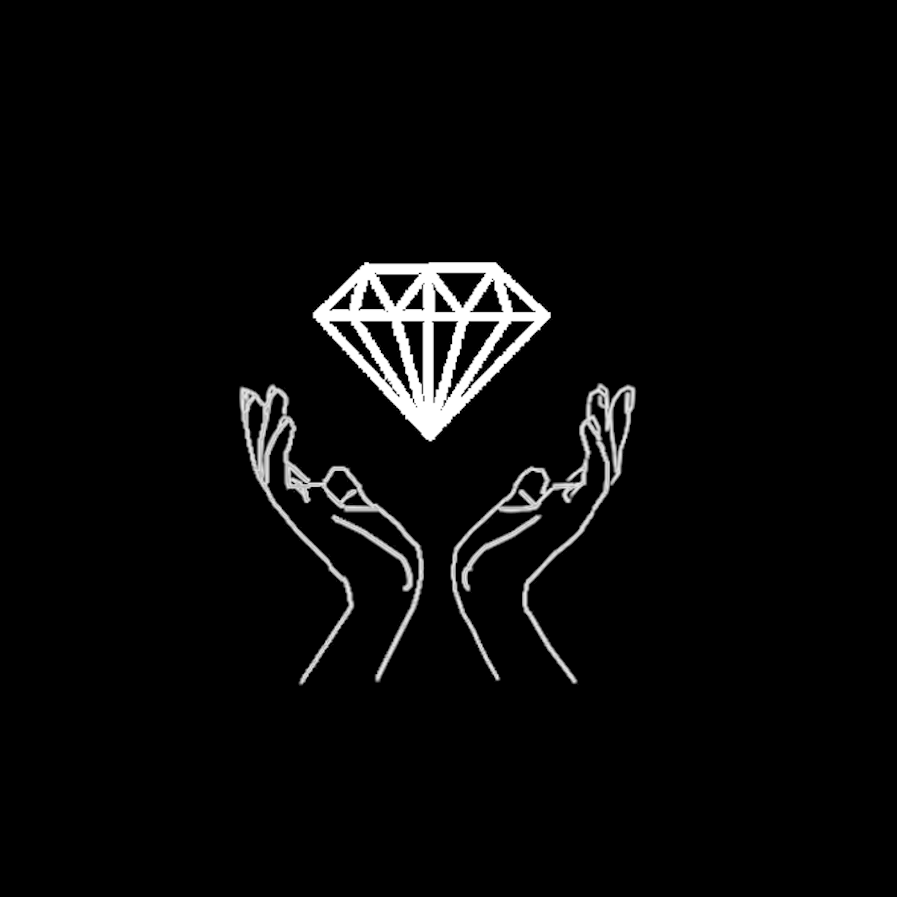By: Mmathabo Mahlangu
Cultural appropriation is the act of “borrowing” the identity of an oppressed culture and adopting the “borrowed” item as your own without understanding the origin and deeper meaning behind that cultural element. The word cultural appropriation was first used in the 1960s for academic writings. During the times of colonisation and trading, western travellers would often claim to have “discovered new” elements from other cultures that have been used or worn for centuries beforehand. Then these travellers would appropriate these elements without understanding where they come from or why they are a part of that culture.
We find cultural appropriation everywhere today, for example, dances, hairstyles, makeup, accents, vocabulary, clothing lines, and the media. Cultural appropriation has been around for centuries and western culture has a history of appropriating black cultures, and one of the major ways they did this was looting, which is the physical stealing of sentimental items for example in 1897 the British stole valuable artefacts such as bronze, ivory and chests from southern Nigeria and sold these artefacts to European markets, resulting to these special artefacts losing its value and origin. In the 17th century, in the middle east and Croatia western travellers appropriated clothing, neckties and silk waistcoats.
After the Civil War had exposed the Americans to the Mexican sombrero hats, American cowboys adopted this fashion and remodelled them so they wouldn’t look exactly like the sombrero hats. In our world today we also see people wearing Native American headdresses as fashion and for Halloween costumes. This is a sign of disrespect to the Native American culture as the headdress is a spiritual symbol worn by respected elders of the Native American community. Another example of cultural appropriation is when people use Chinese chopsticks as hair accessories instead of eating utensils.
When we don’t take the time to understand the origin of the activity, we take part in which we will then create our false meanings surrounding that specific activity. This intern shows we do not respect the culture and we are continuing to oppress these ethnic groups by not giving them the credit they deserve and making a mockery out of sacred traditional practices, clothing and sentiments. The practice of cultural appropriation also strips away the important elements of the culture and belittles their traditions, just like how the Native American headdress is reserved for respected elders only and not for any persons to wear it because it is a plain fashion trend which is false.
Bibliography
Berlinsky-Schine, Laura. “Cultural appropriation.” fairygodboss.com, https://fairygodboss.com/career-topics/cultural-appropriation#:~:text=As%20a%20term%2C%20cultural%20appropriation,half%20of%20the%20twentieth%20century.&text=The%20act%20of%20cultural%20appropriation,well%20as%20trade%20and%20mercantilism.
Safi, Nitanga. “Cultural appropriation impact on communities.” iowastatedaily.com, 22 November 2020, https://www.iowastatedaily.com/news/iowa-state-daily-university-ames-appropriation-cultural-appreciation-connecting-communicating-impacting-negatively-effect-privilege-society-tropes-oppression-language-fashion-traditions-diversity-marginalized-communities.
“why cultural appropriation is not cool.” au.reachout.com, https://au.reachout.com/articles/why-cultural-appropriation-isnt-cool.
Photo by Brett Sayles from Pexels

